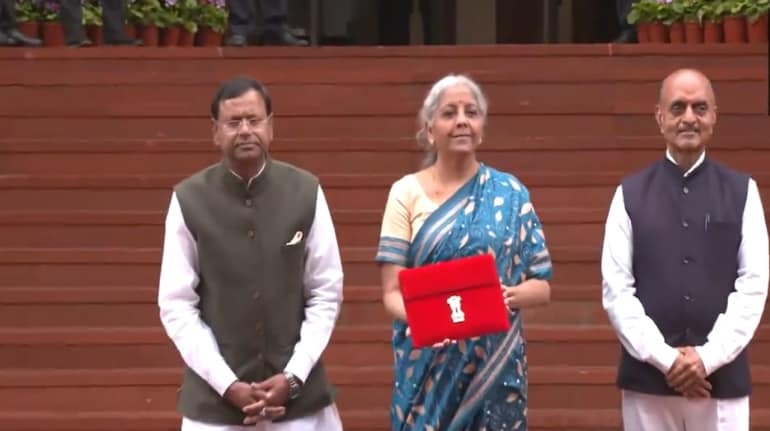
In monetary terms, the output losses assumed by the central bank's staff in its estimates are Rs 19.1 lakh crore for FY21, Rs 17.1 lakh crore for FY22 and Rs 16.4 lakh crore for FY23.
It will take nearly 15 years for the Indian economy to make up for the losses it has incurred during the coronavirus pandemic, according to the Reserve Bank of India's (RBI) report on currency and finance for FY22.
"Taking the actual growth rate of -6.6 percent for 2020-21, 8.9 percent for 2021-22 and assuming growth rate of 7.2 percent for 2022-23, and 7.5 percent beyond that, India is expected to overcome COVID-19 losses in 2034-35," the report, released on April 29, said.
The report, whose theme this year is 'Revive and Reconstruct' in the context of nurturing a durable post-pandemic recovery and raising trend growth in the medium-term, does not reflect the views of the central bank itself but of the contributors, who are part of the RBI's Department of Economic and Policy Research.
The assumption of a growth rate of 7.5 percent from next year onwards is rather optimistic. The International Monetary Fund's latest World Economic Outlook report pegged India's growth rate for FY24 at 6.9 percent. Even the RBI's own Monetary Policy Report, released on April 8, said structural models indicated GDP growth in FY24 might be 6.3 percent.
Several independent economists see GDP growth next year, and possibly beyond that, closer to 6 percent. This would mean the losses incurred during the pandemic would take longer to overcome.
 Source: Report on Currency and Finance for 2021-22 (RBI)
Source: Report on Currency and Finance for 2021-22 (RBI)
In monetary terms, the output losses assumed by the central bank's staff in its estimates are Rs 19.1 lakh crore for FY21, Rs 17.1 lakh crore for FY22 and Rs 16.4 lakh crore for FY23.
India's real GDP in FY22 is estimated to be Rs 147.54 lakh crore.
"The dividends of reforms initiated to counter the pre-COVID slowdown along with additional measures and initiatives during the pandemic will help launch the economy on a sustainable high growth path. The behavioural and technological changes brought about by the pandemic may usher in a new normal which would not necessarily ape the pre-pandemic trends but would be built on a more efficient, equitable, clean, and green foundation," the report added.
In the foreword to the report, Governor Shaktikanta Das said it was not sufficient to just stabilise the economy and return it to its pre-first wave path. The task at hand, according to Das, was to create a "virtuous cycle of greater opportunity" for entrepreneurs, businesses, and the fiscal authority.Indian economy to overcome COVID losses only in FY35, says RBI report - Moneycontrol
Read More

No comments:
Post a Comment